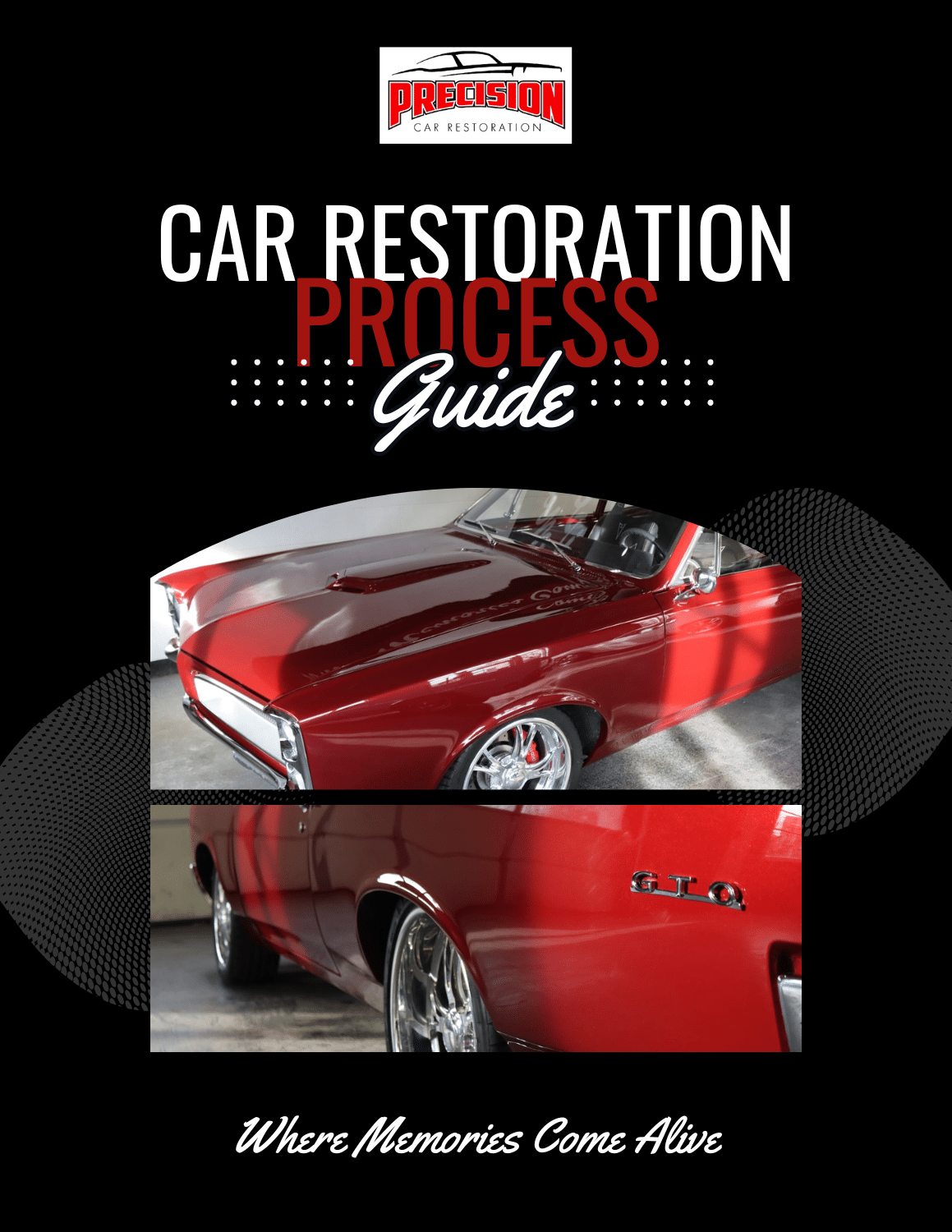Patch a pan or replace a floor.
A difficult decision with any restoration comes in the matter of patching a floor pan or replacing the entire floor. This goes for a cabin floor board or a trunk pan, both involve the same types of labor so the rules generally apply for both. Making the repairs the right way will not only improve the look of the job, but reduce labor and cost.
Over the years I have seen patched up floor boards that could have been replaced with a one piece floor for less cost and less labor. On the contrary I have seen one piece floor boards replaced so horribly that the benefits of the one piece pan were negated by the poor quality installation. These are just a few tips on how to make that decision.
The first thing realize that when you decide to repair your rusty floor, you need to understand that those few rust holes that you see now are only going to get bigger as you clean things up. Just removing carpet along can take a quarter sized holes and turn it in to a dollar sized cavity. The thing to take from this is to not be afraid to change directions. The original small patch may turn into a multitude of other repairs and the decision on how to repair the damage should be based upon the repair itself, not by the parts lying around, or amount of labor already invested. If you have made it this far, there should be nothing stopping you from doing things the best way possible.
Upon an original assessment of the situation, you must consider parts availability. What parts are available? Cost of those options? Does the part give you exactly what you need? In many cases your options are limited, but in many others, partial pans, half of a pan or a full one piece pan is available depending on your make and model.
To go through the list these are a few of the benefits and draw backs of each type of pan. I’ll start with the basic floor patch panel. These pans usually cover the most common areas that rust on you particular vehicle. The patch panels only cover some of the most common areas that rust on you particular vehicles. They are meant to only use a portion or sections of a panel. Yes, you can use the entire thing in some cases, but the overall fit and detail may not be quite right. A benefit of these pieces is in many cases can be installed with the body still on the frame or while the vehicle is still together. Now you have to take in consideration the fuel lines or brake lines and cleaning, sealing and painting the underside. The patches are used for smaller areas and work great in many cases, but when you get into using the entire piece it may be time to consider moving up to a half pan.
Floor pan halves are usually not true halves. In most cases the halves don’t make a whole. They are more like larger versions of just a standard floor patch panel. The benefit to these is the coverage area. They can cover a much larger area keeping two patches down to one. In some cases these larger panels may be all that is available and an entire one piece pan is not an option.
Full one piece pans are great. They require less finish work than a patch. In most cases they attach in the factory location. A full pan does take extra effort to install when compared to a single patch panel, but it will save time when compared to cutting welding and fining multiple patch panels. Full one piece pans do come with a higher part cost, but is well worth it in time savings and quality when the option presents itself.
The task of replacing an entire floor pan can be quite overwhelming. Having the right tools and preparing yourself for more that what you had initially intended will ensure you make the right decision. A floor pan is the foundation for all of the body and making sure you car or truck is solid from the ground up will ensure your starting out on the right foot.

